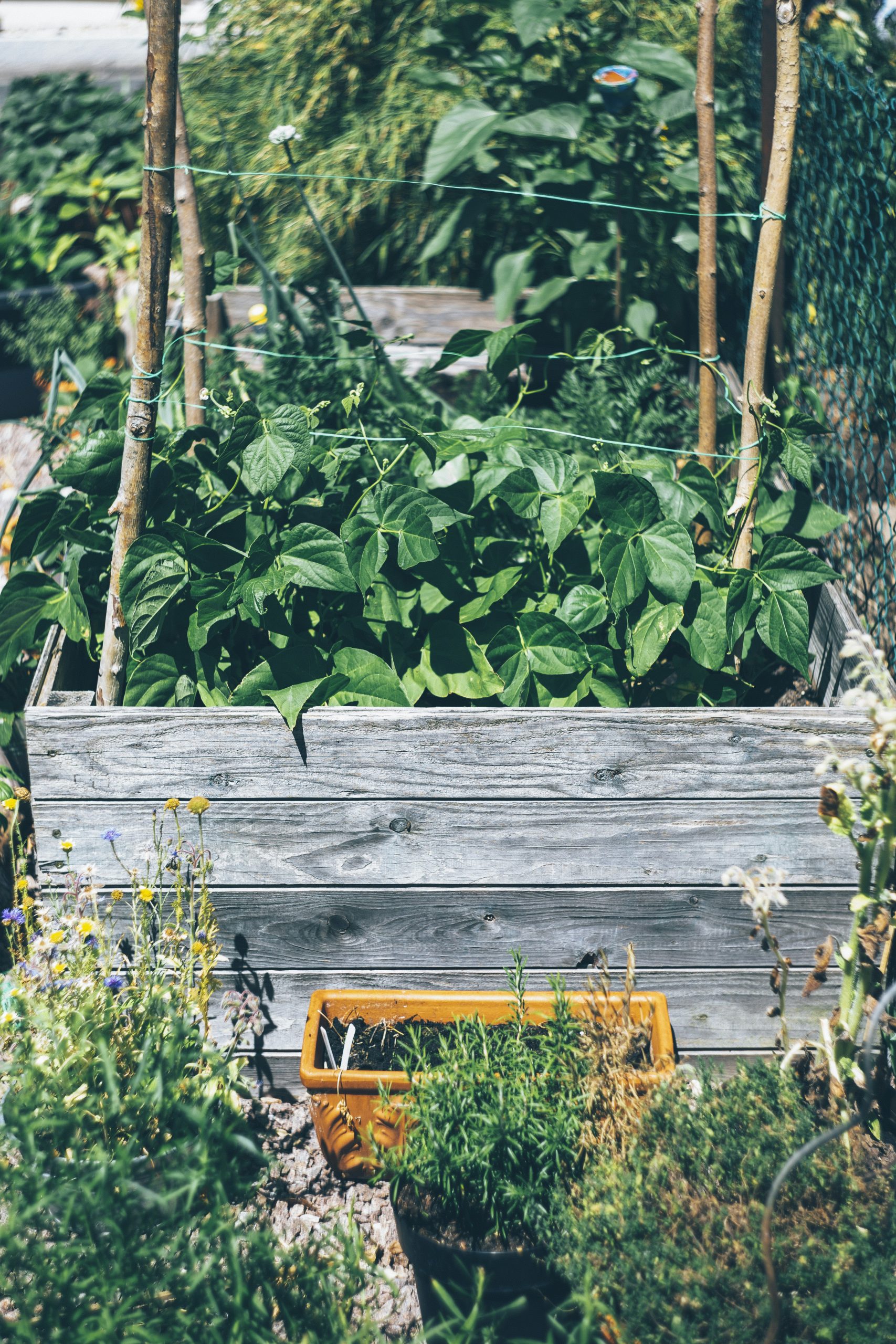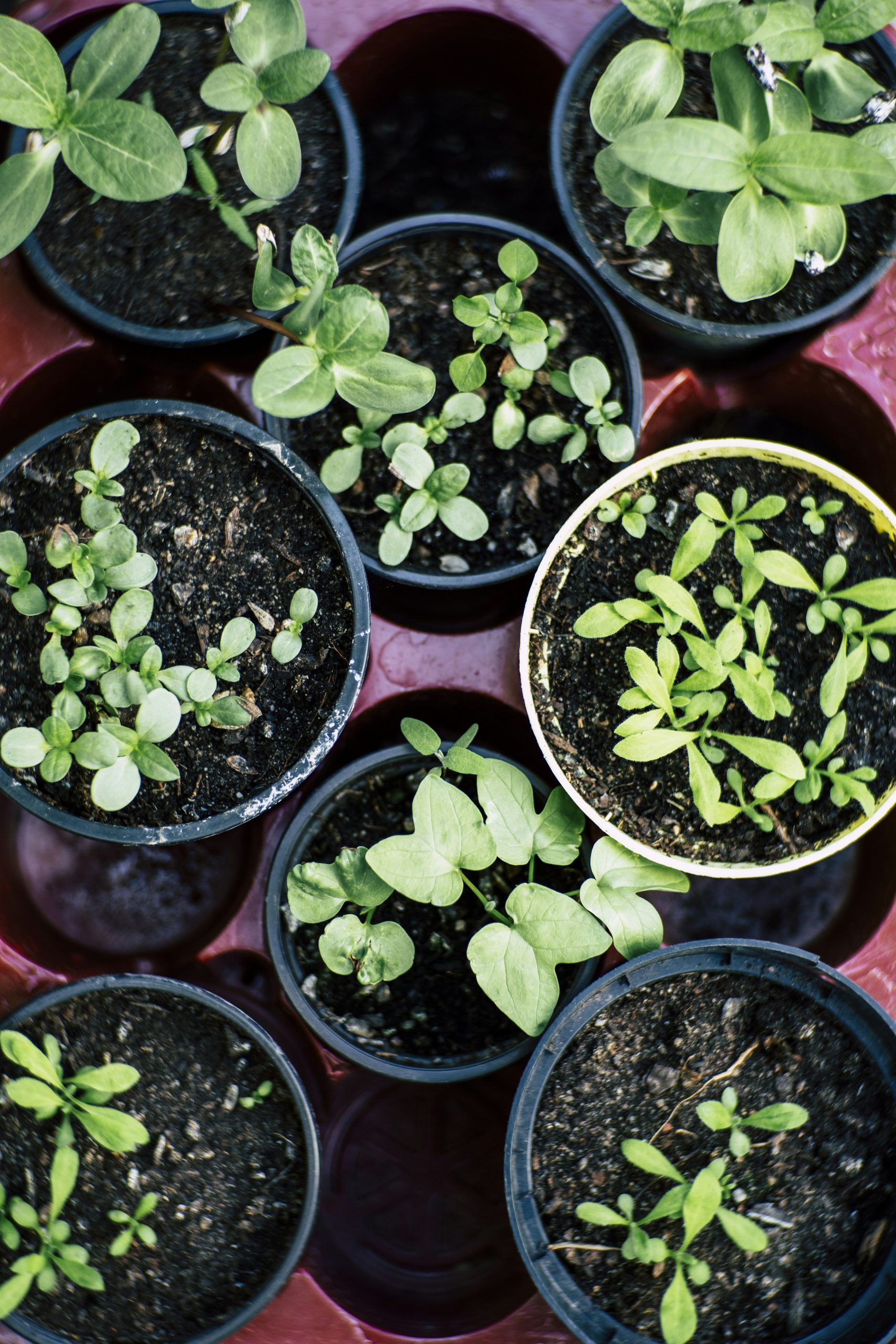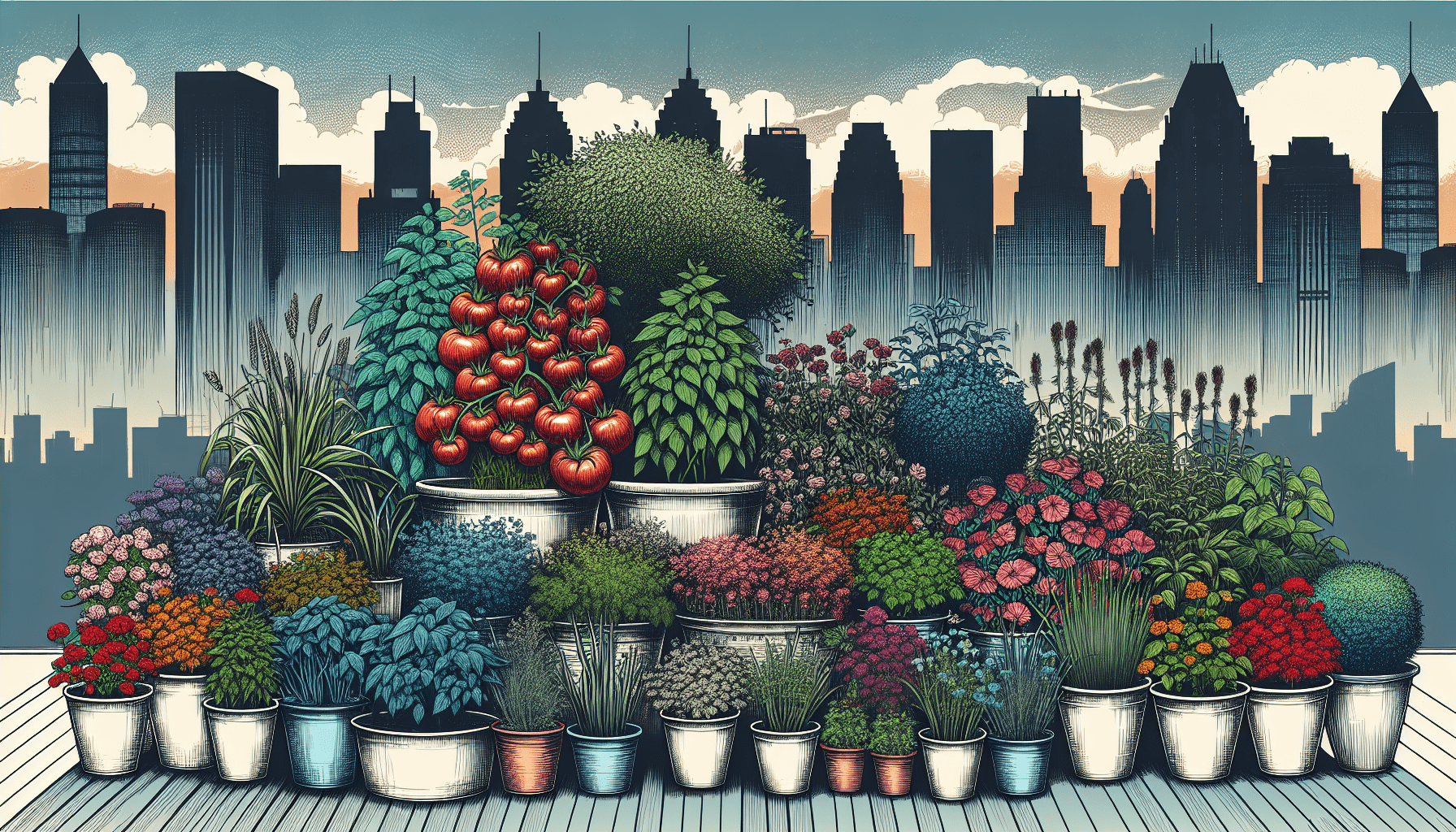As urban dwellers, we often yearn for a touch of green in our concrete surroundings. That’s where urban gardening comes into play, offering us a chance to cultivate our own little green spaces amidst the city hustle. In this article, “What Are The Best Practices For Urban Gardening?”, we’ll explore the most effective strategies to make the most of our limited space. From container gardening to vertical planting and sustainable watering techniques, we’ll discover how to turn any balcony, rooftop, or tiny backyard into a thriving, green oasis. Have you ever wondered what it takes to turn a small city balcony, rooftop, or even just a windowsill into a thriving green oasis? Urban gardening might just be the answer to transforming these compact spaces into lush, productive gardens. Whether you’re a seasoned green thumb or a curious beginner, understanding the best practices for urban gardening can make a significant difference in your gardening success.

Understanding Urban Gardening
Urban gardening refers to the practice of growing plants in an urban environment. Unlike traditional gardening, which often benefits from ample space and soil quality, urban gardening requires creativity and flexibility to maximize limited areas and work with different growing mediums.
Benefits of Urban Gardening
Urban Gardening is not just a trend; it offers numerous advantages for individuals and communities alike:
- Mental Health: Gardening can reduce stress and increase mental clarity.
- Physical Health: Provides a source of fresh, nutritious produce.
- Environment: Helps improve air quality and reduce urban heat islands.
- Community: Fosters community engagement and environmental awareness.
By recognizing these benefits, we can better appreciate the significant impact urban gardening can have on our lives and our surroundings.
Selecting the Right Plants
Choosing the right plants is crucial for an urban garden to thrive. Different plants have different needs, and not every plant will flourish in the same conditions.
Assessing Your Environment
Consider the following factors when selecting plants for your urban garden:
- Light: How much sunlight does your space receive daily? Most vegetables require 6-8 hours of sunlight.
- Space: Do you have vertical or horizontal space? Some plants grow better in pots, while others need room to stretch out.
- Climate: What is the local climate like? Hardy, drought-resistant plants are often better for drier environments.
Types of Plants
Here are some plant categories to consider:
| Type | Examples | Growing Conditions |
|---|---|---|
| Vegetables | Tomatoes, Peppers, Lettuce | Require full sun, nitrogen-rich soil |
| Herbs | Basil, Mint, Thyme | Prefer sunny spots, well-drained soil |
| Fruits | Strawberries, Dwarf Citrus | Need sunny conditions, slightly acidic soil |
| Flowers | Marigolds, Petunias | Varying sunlight needs, well-drained soil |
| Succulents | Aloe Vera, Cacti | Thrives in sunny, arid conditions |
Opting for a mix of these plants can provide variety, aesthetics, and practical benefits to your urban garden.
Optimizing Space
Maximizing space is one of the biggest challenges of urban gardening, but with some innovative strategies, we can make the most of what we have.
Vertical Gardening
Vertical gardening involves utilizing vertical spaces to grow plants. This can be particularly useful in cramped spaces where every square inch counts.
- Trellises: Ideal for climbing plants such as beans and peas.
- Hanging Planters: Great for small herbs and flowers.
- Living Walls: Structures designed to grow multiple plants vertically, often used for decorative purposes.
Container Gardening
Container gardening is perfect for small spaces and provides flexibility in plant placement. Here are a few tips:
- Choose Appropriate Containers: Size and material matter. Ensure containers have drainage holes and are large enough for the root systems of your plants.
- Quality Potting Soil: Use high-quality potting soil rather than garden soil to provide adequate nutrients and drainage.
- Mobility: Opt for containers that you can easily move to follow sunlight or adjust your garden setup.
Rooftop Gardening
Rooftop gardens can transform unused space into a vibrant ecosystem.
- Load-Bearing Capacity: Ensure the roof can support the weight of the garden.
- Wind Breakers: Consider erecting windbreaks to protect plants from strong wind.
- Irrigation: Install an efficient watering system, as rooftop gardens can dry out faster.
Soil and Composting
Healthy soil is the cornerstone of any thriving garden. In urban gardening, where soil quality can be a concern, composting becomes an invaluable practice.
Improving Soil Quality
Urban soil often lacks the necessary nutrients for plant growth. Here are some ways to improve it:
- Soil Testing: Test soil for pH, nutrients, and contaminants. Correct pH with lime or sulfur as needed.
- Amendments: Add organic matter such as compost, peat moss, or coconut coir to enhance soil fertility and structure.
- Mulching: Use mulch to retain soil moisture, suppress weeds, and add organic matter as it decomposes.
Composting
Composting is a fantastic way to recycle waste and enrich your soil.
- Kitchen Scrap Composting: Use vegetable peels, coffee grounds, and eggshells.
- Worm Composting (Vermiculture): Ideal for small spaces. Red worms break down organic material efficiently.
- Compost Bin: Use a small, patio-friendly compost bin to turn waste into valuable compost.

Water Management
Water is essential for plant growth, but managing water effectively is especially important in an urban setting where water can be both scarce and abundant.
Efficient Watering Techniques
- Drip Irrigation: Uses less water and delivers moisture directly to plant roots.
- Self-Watering Containers: Containers with built-in reservoirs ensure constant soil moisture levels.
- Watering Schedule: Water early in the morning or late in the evening to reduce evaporation.
Water Conservation
Practicing water conservation not only benefits your garden but also the environment:
- Rainwater Harvesting: Collect and store rainwater using barrels.
- Gray Water Recycling: Reuse water from baths, sinks, and washing machines (ensure it’s free from harsh chemicals).
Pest and Disease Management
Pests and diseases can pose a significant challenge to urban gardening. However, with proactive measures, we can protect our plants effectively.
Natural Pest Control
Use organic methods to manage pests:
- Beneficial Insects: Ladybugs and predatory wasps can help control aphid populations.
- Neem Oil: A natural pesticide that’s effective against a range of pests.
- Companion Planting: Planting certain plants together can deter pests (e.g., marigolds deter nematodes).
Disease Prevention
Preventative measures can help keep diseases at bay:
- Proper Spacing: Ensure sufficient space between plants for air circulation.
- Sanitation: Remove diseased plants and keep the garden clean.
- Crop Rotation: Avoid planting the same type of crop in the same place each year to prevent soil-borne diseases.

Seasonal Gardening
Understanding the seasonal requirements of your plants ensures a year-round productive garden.
Spring and Summer
- Plant Selection: Focus on vegetables like tomatoes, peppers, and cucumbers.
- Maintenance: Regular watering, fertilizing, and pest control.
- Harvesting: Fresh produce like lettuce and herbs can be continually harvested.
Fall and Winter
- Plant Selection: Select cold-tolerant plants like kale, spinach, and garlic.
- Protection: Use row covers or cold frames to protect plants from frost.
- Soil Preparation: Add compost to replenish nutrients depleted during the growing season.
Community and Resources
Sharing resources and collaborating with others can enhance your urban gardening experience.
Community Gardens
Community gardens provide shared space for growing food and building social connections.
- Benefits: Access to larger plots, shared tools, and communal knowledge.
- Participation: Join local community garden groups or initiatives.
Online and Local Resources
Utilize both online and local resources to enhance your gardening knowledge:
- Online Forums and Websites: Engage in discussions, learn best practices, and seek advice.
- Local Workshops: Attend gardening workshops or extension services for hands-on learning.

Conclusion
Urban gardening offers a wealth of opportunities to grow your own food, improve your environment, and bring a bit of nature into urban surroundings. By understanding and implementing best practices—such as selecting the right plants, optimizing space, improving soil quality, managing water, and controlling pests and diseases—we can ensure our urban gardens thrive throughout the year. Additionally, leveraging community resources can provide invaluable support and enhance our gardening efforts.
Let’s embrace urban gardening and transform our cities into vibrant, green sanctuaries. Whether it’s a tiny balcony or a shared rooftop, every bit of space can contribute to a healthier, happier urban environment. Happy gardening!



